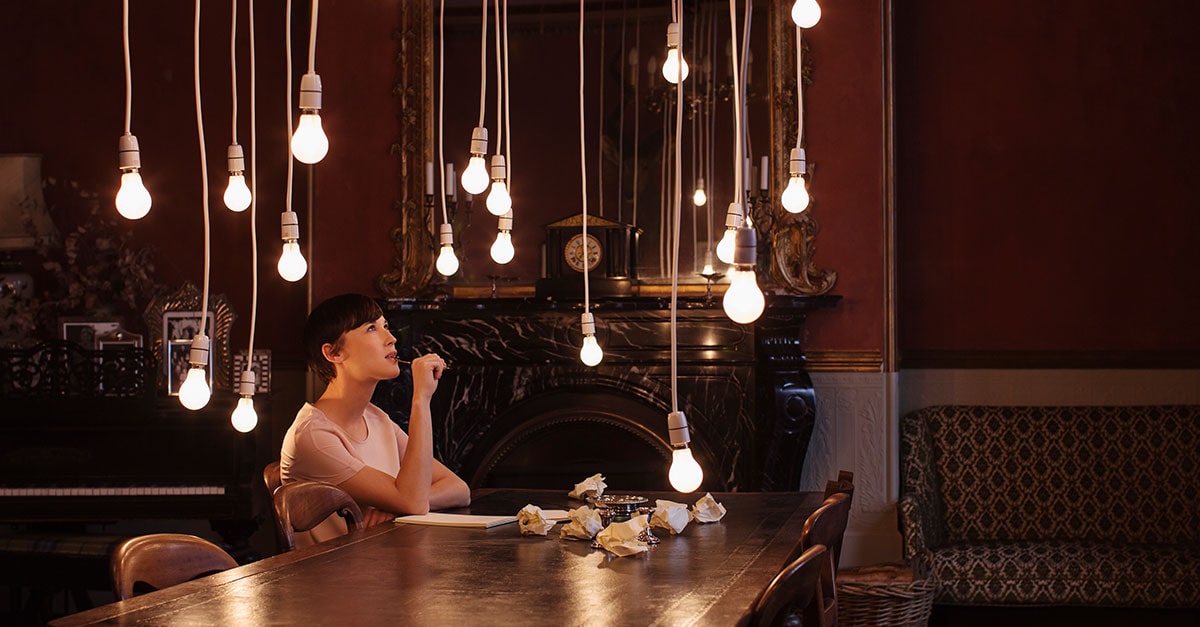Author:
Jacob Fritz
With UN World Creativity and Innovation Day, and PISA’s new creative thinking assessments, the growing importance of creativity is undeniable. Whether in art, design, problem-solving, or innovation, creativity serves as a driving force for progress and pushing boundaries. However, assessing creativity has proven to be a formidable task for educators, employers, and researchers alike – and yet, Adaptive Comparative Judgement (ACJ) offers a powerful alternative.
What makes it so challenging to assess?
Assessing creativity using traditional methods, such as standardised tests and rubrics, often falls short in capturing its elusive nature. Creativity encompasses many aspects including originality, fluency, flexibility, and the ability to think beyond conventional boundaries. These intricate aspects defy rigid criteria or quantifiable metrics, making it difficult to evaluate creativity accurately – in this case, mark schemes and rubrics can often be reductive, and provide narrow parameters which limit the candidate’s potential for creativity.
The assessment of creativity inherently involves subjective interpretation and appreciation of unique expressions of imagination and innovation. Evaluators may inadvertently introduce personal biases and preferences, which challenges the attainment of objectivity. Moreover, the diverse range of creative necessitates distinct evaluation criteria, further complicating the assessment process.
How can ACJ be used?
ACJ offers an exciting alternative approach to assessing creativity, presenting a dynamic solution to the challenges faced by traditional methods. This method involves presenting evaluators with pairs of creative works, inviting them to decide which piece showcases greater creativity, without relying on predefined criteria.
 A pair of essays being assessed in RM Compare
A pair of essays being assessed in RM Compare
Comparative judgement fosters objectivity by encouraging evaluators to compare works directly, rather than using predetermined criteria. This approach minimises personal bias and allows for a more impartial assessment of creativity. By harnessing the collective expertise of multiple evaluators, ACJ acknowledges the inherent subjectivity involved in assessing creativity while also allowing works to be viewed by a pool of examiners – improving validity and building a quantitative consensus.
ACJ can be adapted to evaluate creativity in various domains. Whether it's evaluating artwork, creative writing, or problem-solving approaches, this method remains flexible enough to accommodate the unique criteria of each domain. With RM Compare, this goes a step further – the software allows the upload and comparison of different file types, which means that not only can we assess creativity well – we can also become more creative with the kinds of assessments we are running.
Unlocking our creative potential
The assessment of creativity presents a formidable challenge that demands innovative approaches to capture its essence. Comparative judgement emerges as a dynamic solution, harnessing expert judgment, mitigating bias, and adapting to diverse domains. By embracing this alternative assessment method, educators, employers, and researchers can gain a deeper understanding of an individual's creative potential, fostering an atmosphere of innovation and nurturing the next generation of vibrant and imaginative thinkers.
Now imagine this powerful way to assess at your fingertips, anytime you want, at a scale appropriate to your needs...

